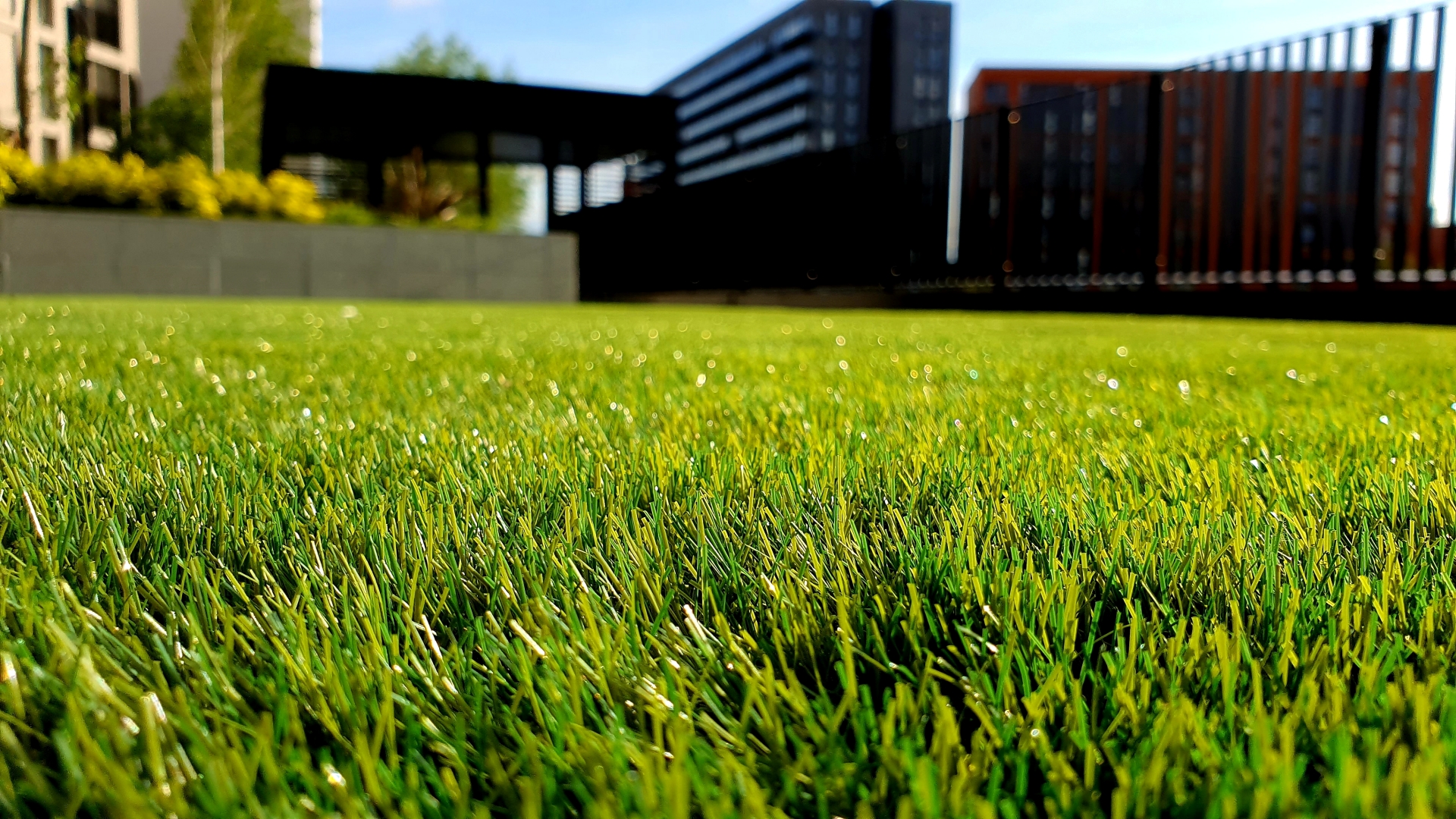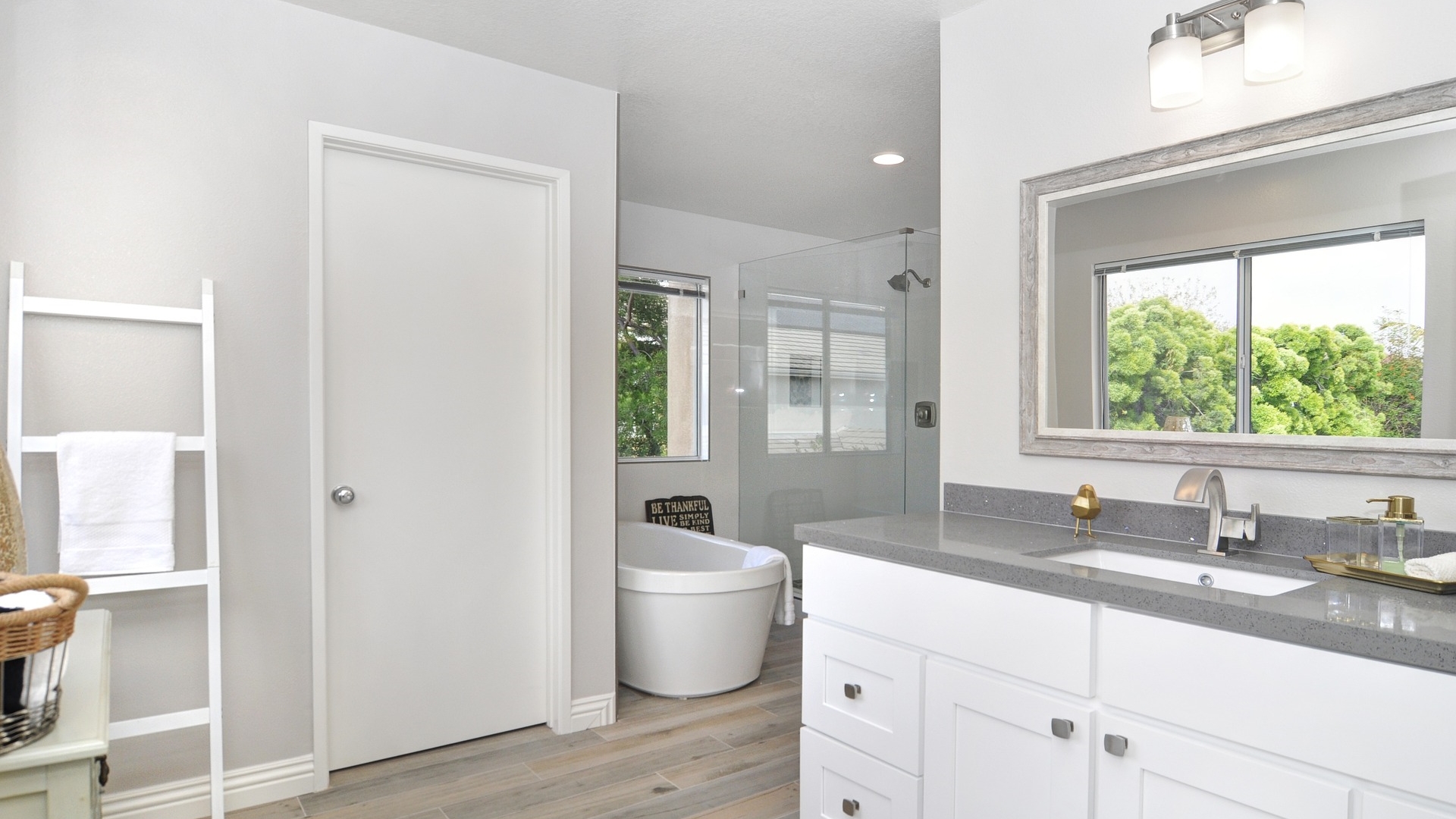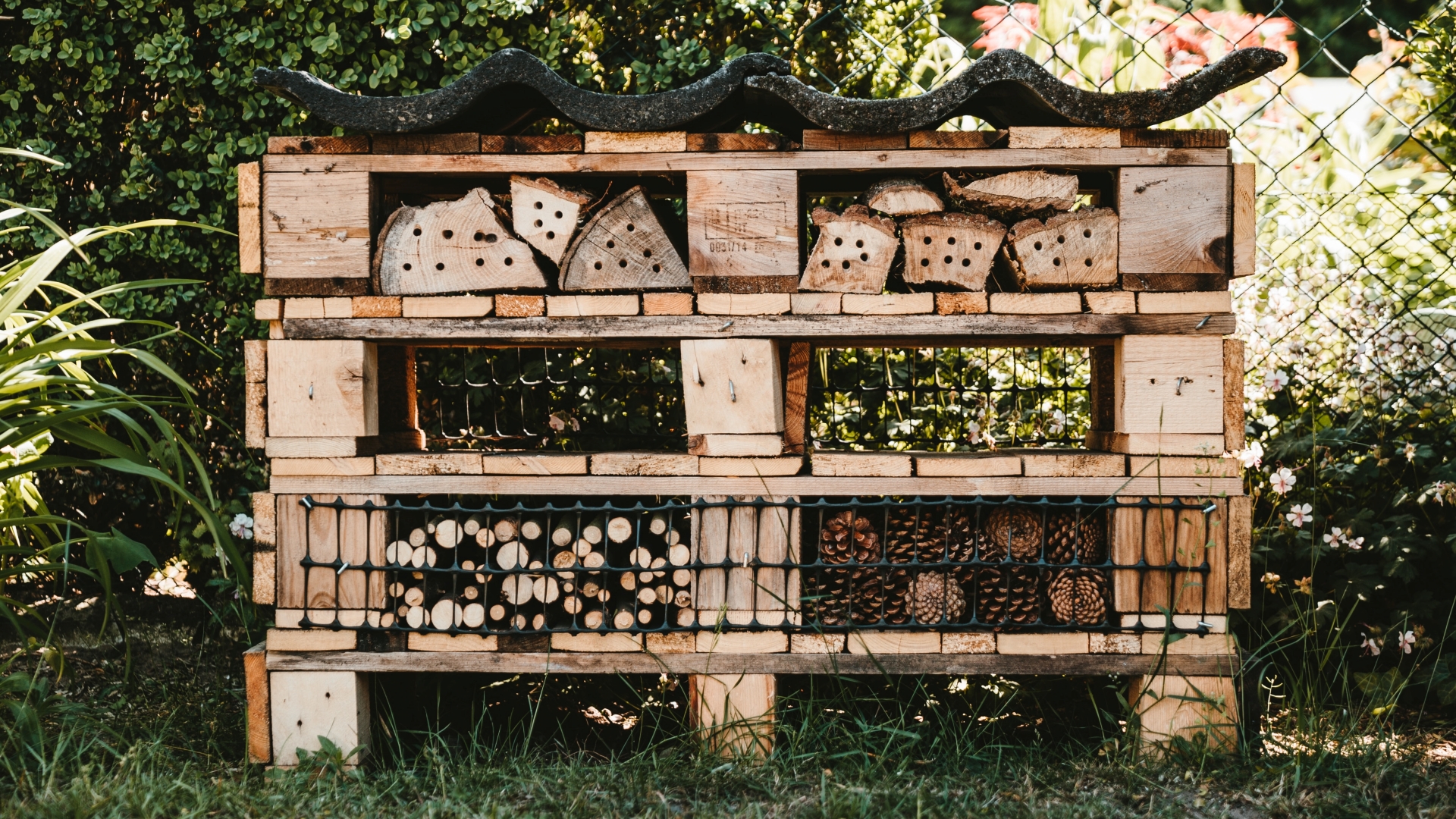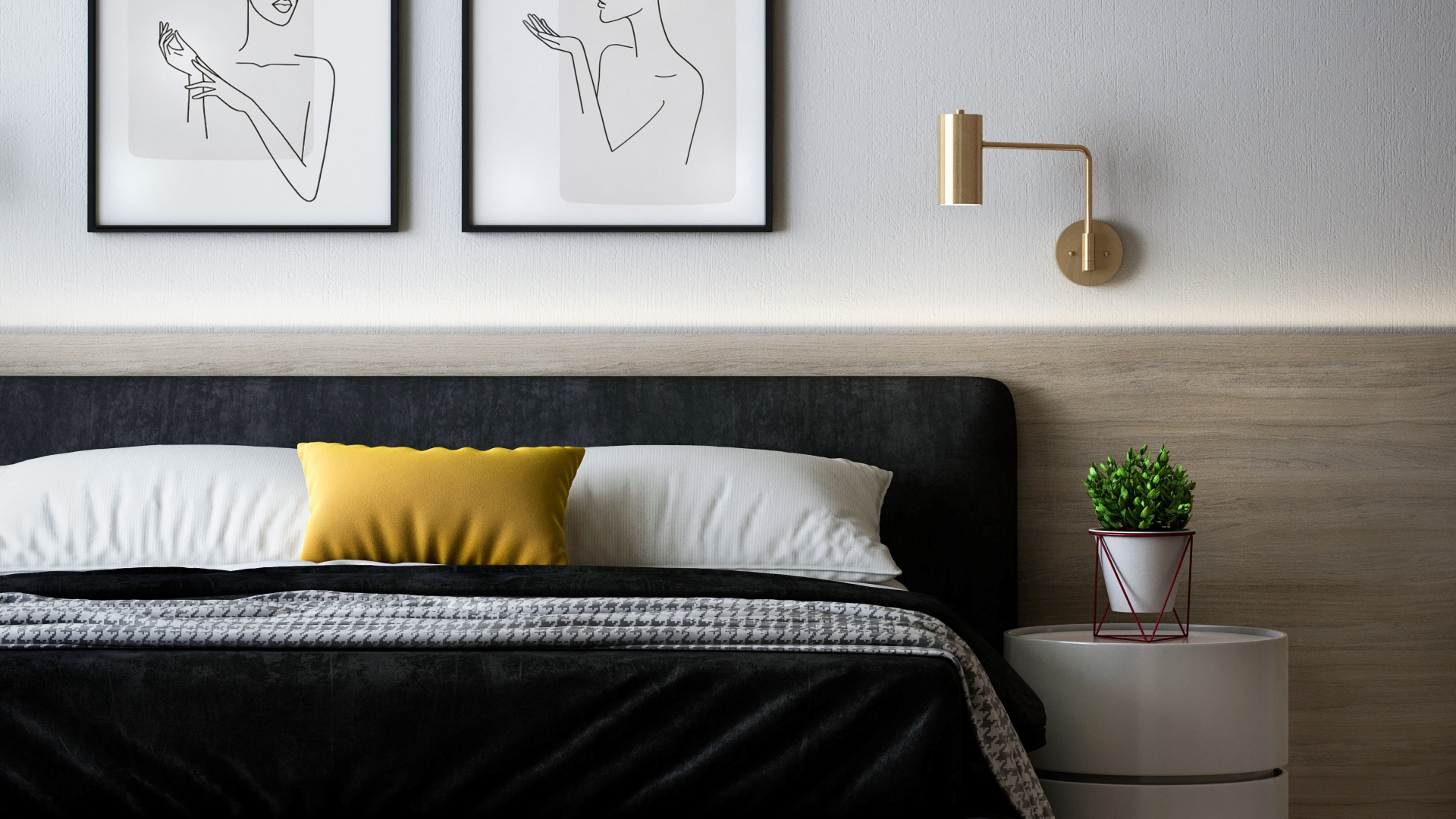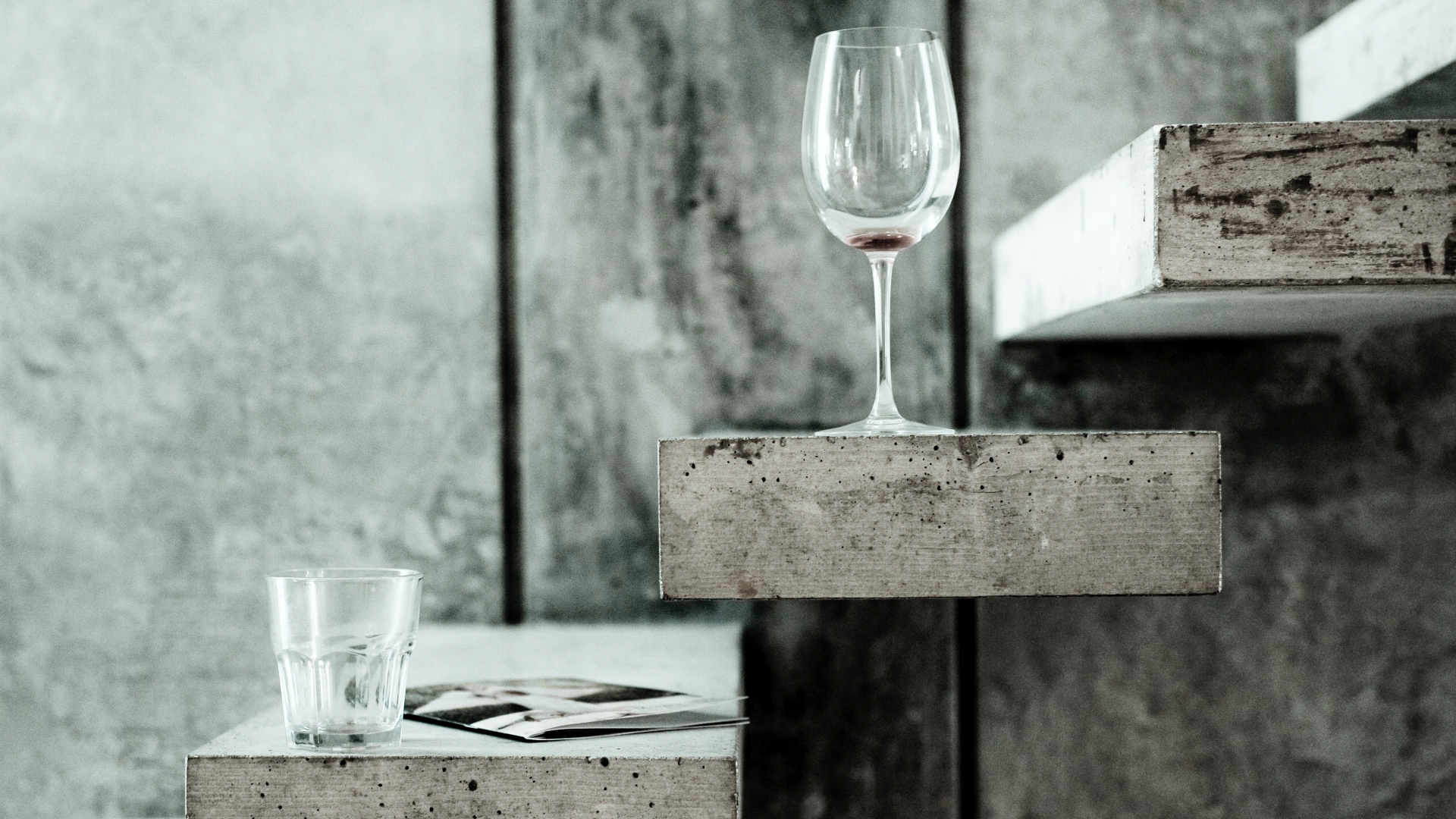Some homes speak in whispers. Wooden floorboards that creak just a little. Arched doorways that remember the laughter of decades. Ornate crown moldings tell stories from a century ago. There’s something magical about an old house—but let’s be honest, charm alone won’t keep you warm in winter or shave a cent off that power bill. That’s where modern efficiency steps in.
 Via Pexels
Via Pexels
Combining vintage soul with smart upgrades isn’t just possible—it’s an art. Done right, it feels like time travel without the drafty windows or the antique plumbing tantrums. Let’s talk about how you can keep the old-world charm while making your home run like a 21st-century dream.
Start with Respect, Not a Sledgehammer
First things first—don’t bulldoze the character.
Old homes have quirks. Sometimes maddening ones, sure. But those quirks are what make them… them. Before you strip everything down, take time to understand what’s worth preserving. Is it the original wood paneling? The stained-glass transom window above the door? The fireplace that looks like it belongs in a Hemingway novel?
Hold onto those things. Design around them. Treat them like the emotional centerpieces they are. You can build modern efficiency into the bones of your home without erasing its heart.
Insulation: The Invisible Hero
One of the biggest culprits of inefficiency in vintage homes? Poor insulation. Back in the day, people didn’t think much about R-values or thermal bridging. They layered up and toughed it out.
Today, you’ve got options—and you can improve insulation without wrecking your home’s aesthetic. Try blown-in cellulose for wall cavities or insulated plasterboard if you’re redoing interior walls anyway. In attics, go wild. No one sees insulation up there, so stack it like a lasagna of warmth. Even underfloor insulation can be retrofitted if you’ve got a crawl space. It’s quiet work with big payoffs.
Windows: Keep the View, Kill the Draft
Old windows are tricky. They’re beautiful, but they leak like gossip in a small town. You’ve got choices: restore, retrofit, or replace. Restoring keeps the original window frames but updates the mechanics—like adding weather stripping or using low-E glass in the original sashes. It’s perfect for maintaining charm while saving energy.
If you’re not quite ready to let go but need a performance boost, consider magnetic storm windows. They snap on and off invisibly and help insulate without altering the exterior. Win-win.
But if your windows are truly beyond saving, don’t feel guilty about replacing them. Choose modern windows with classic grille patterns that match the home’s era, and it’ll still feel right.
Vintage Kitchens That Don’t Act Their Age
Kitchens in older homes weren’t exactly built for modern life. They were smaller, often closed-off, and had more drawers for handwritten recipes than outlets for blenders. But you can bring them up to speed without ditching the vintage flavor.
Reuse where you can. Refinish the original cabinetry instead of ripping it out. Add soft-close hinges for a little modern grace. Update countertops to quartz or butcher block, and tuck modern appliances into cabinet fronts so they blend.
Open shelving with reclaimed wood beams? Gorgeous. A deep farmhouse sink with an energy-efficient dishwasher hidden beside it? Perfection.
It’s the collision of eras that creates the charm.
Smart HVAC Without Ugly Vents
Modern climate control is a game-changer, especially when done with subtlety. Ductless mini-split systems can heat and cool specific zones without tearing up walls for ductwork. They’re also more energy-efficient than traditional systems and allow for better control room-by-room.
If you’re set on central air but want to preserve your plaster or original walls, high-velocity HVAC systems use small, flexible ducts that snake through tight spaces with minimal damage. You’ll get consistent temperature without clunky wall units or Frankenstein vents.
The goal? Make the air feel modern without looking at it.
Let There Be (Efficient) Light
There’s something hypnotic about the glow of antique fixtures. Keep them. Just don’t keep the old bulbs. Swap incandescent or halogen bulbs for LEDs—preferably warm white, so you retain that inviting golden glow. You can even get dimmable vintage-style filament LEDs that look like they belong in an Edison laboratory.
Layer your lighting, too. Use under-cabinet LED strips in kitchens or motion-sensor night lights in hallways. Smart Lighting systems let you automate everything, from mood lighting to security, with zero visible tech clutter.
Open Up the Indoors: Patio Flow Meets Period Style
One of the best ways to enhance both lifestyle and efficiency? Creating a seamless flow between indoor and outdoor spaces. Vintage homes often had closed-in porches or stoops—but with the right update, you can make those spaces work harder.
Think about replacing a solid back door with French or sliding glass doors that let in light and fresh air. It brightens the space instantly and encourages better airflow, especially in warm months. If you’re browsing options, look for great patio doors at Renewal by Anderen’s French Doors that blend old-style craftsmanship with energy-rated performance. A well-insulated patio door can extend your living space, giving you that breezy cottage feel without sacrificing thermal control.
 Via Pexels
Via Pexels
Where Tech Disappears Into Tradition
You don’t need to live in a Jetsons house to have smart features. It’s all about integration. Use hidden smart speakers built into light switches. Add discreet motion detectors for lights that respond without you touching a thing. Nest thermostats can be programmed and adjusted via the app—no need to mount some glowing spaceship disc on your antique plaster wall.
The trick is to make the tech invisible until you need it.
When It All Comes Together
A well-renovated vintage home shouldn’t feel like a Frankenstein patchwork. It should feel intentional. Thoughtful. Like Every layer was added with care.
Because that’s the magic of this kind of renovation—it’s not about erasing the past or blindly embracing the future. It’s about layering time. Letting one generation quietly support the next. Giving those creaky floorboards better insulation, that antique chandelier a smarter bulb, and that garden door a clearer view of the life you’ve built.
In the end, modern efficiency doesn’t steal character. It supports it. And when you get the balance just right, your home won’t just look timeless. It’ll feel that way, too.




